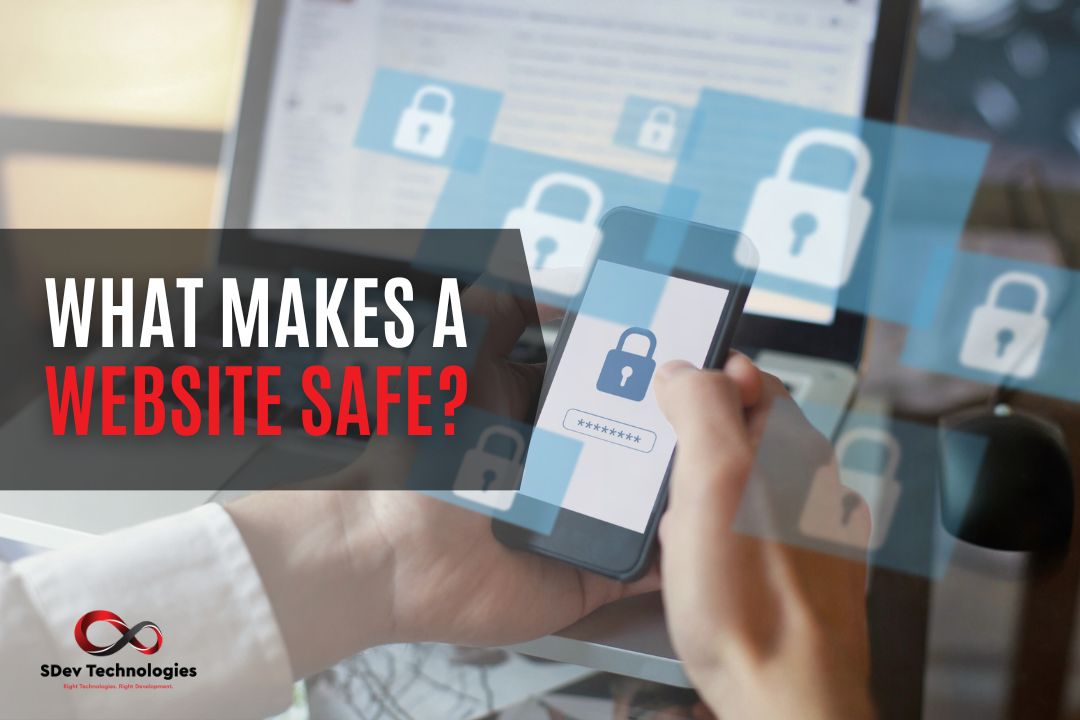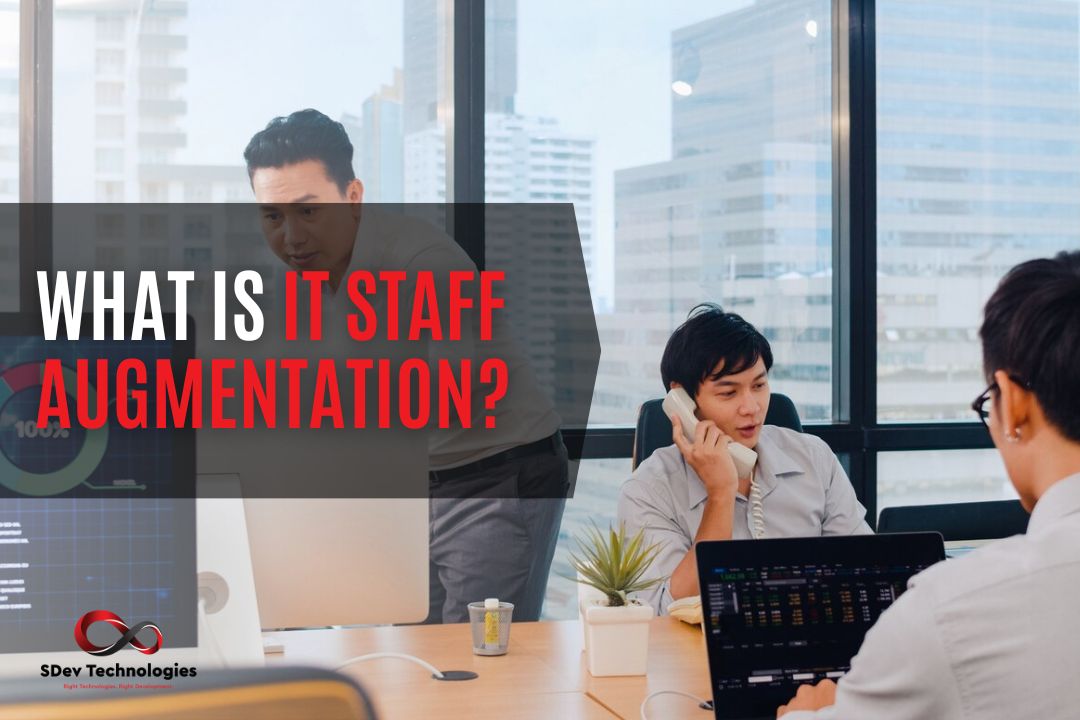What Makes a Website Safe? 7 Secure Site Essentials

Putting a premium on web security comes with many benefits. It legitimizes your site, earns your visitors’ trust, and helps you rank high on search engine results pages. It can protect you against liability, too.
So, what makes a website safe? Learn about the seven factors separating secure sites from vulnerable ones.
1. Reliable Hosting
A host is the owner of the server that stores your website. You can be your own host, putting you in complete control of your site’s security. The problem is that buying, configuring, and maintaining your own physical server is impractical. You need competent professionals on staff to manage it, which can be expensive.
On the other hand, using a third-party hosting provider takes care of everything to keep your site secure at all times. Such a company offers various hosting solutions and security features, like distributed denial-of-service protection and web application firewall, to keep your pages online and safeguard them from cyber attacks.
2. Robust Content Management System (CMS)
A CMS is a web page builder whose code can protect or endanger your site. The most popular ones stay current with the latest vulnerabilities and constantly evolve to neutralize threats.
An excellent case in point is WordPress. Its core software is robust, so it can keep most hackers at bay as long as it auto-updates when a new security fix becomes available.
3. Updated Plugins
These pieces of software are useful for enhancing site content. However, they can be security liabilities when outdated and poorly developed. Threat actors can (and will) exploit them to infiltrate your site and jeopardize your visitors, so make sure to maintain the site accessories you intend to use.
4. Digital Certificate
A digital certificate encrypts the connection between your site and visitors’ browsers, authenticates data’s sender, and detects tampering and forgery. In other words, it secures all information going in and out of your website.
Transport Layer Security (TLS) is the standard digital certificate today. It dethroned Secure Sockets Layer in 1999 due to the latter’s inherent vulnerabilities.
If you buy a TLS certificate, the protocol of every page’s Uniform Resource Locator on your site will be “https://” instead of “http://.” The “s” stands for secure. The lock icon will also appear in the browser’s address bar.
5. Password Protection
Sound password management practices help deny unauthorized user access. Using different and lengthy passwords with a combination of letters in uppercase and lowercase, numbers and special characters for different platforms matters.
Moreover, multi-factor authentication serves as an extra layer of defense against criminals who steal your passwords.
6. CAPTCHA
Short for Completely Automated Public Turing test to tell Computers and Humans Apart, CAPTCHA protects your site against malicious bots. They may target your site to scrape sensitive data or slow it down.
With CAPTCHA, you can filter out bots from your web traffic. This tech presents visitors a simple challenge easy enough for humans to answer and too hard for bots to solve.
7. Automatic Backups
An automated backup technology allows you to store a replica of your site’s content in its proper layout. In case your website gets compromised in one way or another, you can immediately relaunch it to keep your business going.
Need to Make Your Site Safe?
These essentials are important to make your site safe, none of them can completely secure your pages. Web security is a never-ending pursuit, so you need a credible partner like SDev Technologies to ensure your site is as resistant to cyber threats as possible at all times.
Contact us today to discuss your web development and web design needs and request a quote!








